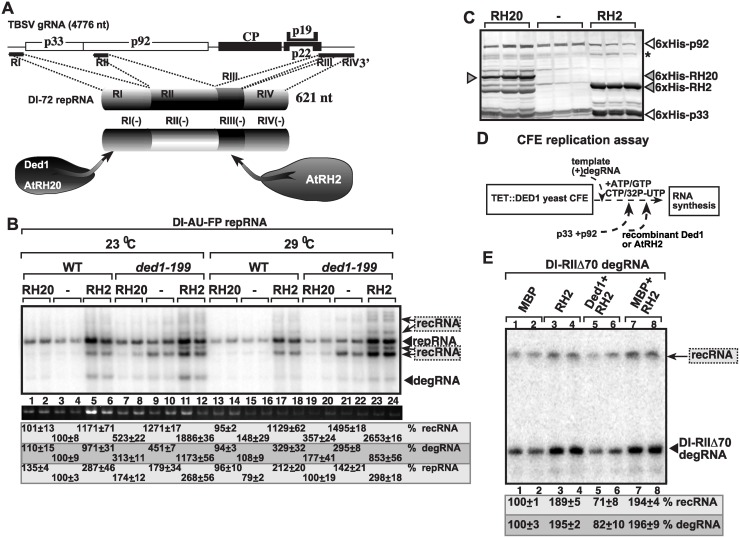Fig 7. Opposite effects of subverted cellular DEAD-box helicases on TBSV recombination in yeast and in the CFE assay.
(A) TBSV co-opt two groups of cellular helicases that become part of the VRCs: the DDX3-like Ded1/AtRH20 and the eIF4AIII-like AtRH2. These helicases bind to different cis-acting replication elements present at the 3’ and 5’ ends of the viral (-)RNA as shown. Note that RI(-) carries the promoter for (+)-strand synthesis, while the RIII(-) is a replication enhancer element (REN). (B) Over-expression of AtRH2 enhances recRNAs and degRNA accumulation, while over-expression of AtRH20 decreases the occurrence of these RNAs in wt or ded1–199ts yeasts. The Northern blot analysis was done as in Fig. 1. (C) Western blot analysis to detect the expression level of His6-tagged cellular helicases and the His6-tagged viral replication proteins in the WT and ded1–199ts yeasts. Asterisk marks the SDS-resistant p33 dimer. (D) The scheme of the CFE-based TBSV replication assay. Note that the level of Ded1p was depleted in TET::DED1 yeast prior to CFE isolation. (E) Denaturing PAGE analysis of the accumulation of 5’-truncated DI-RIIΔ70 degRNA used as the original template in the CFE assay and the in vitro generated recRNA. See further details in Fig. 3.

